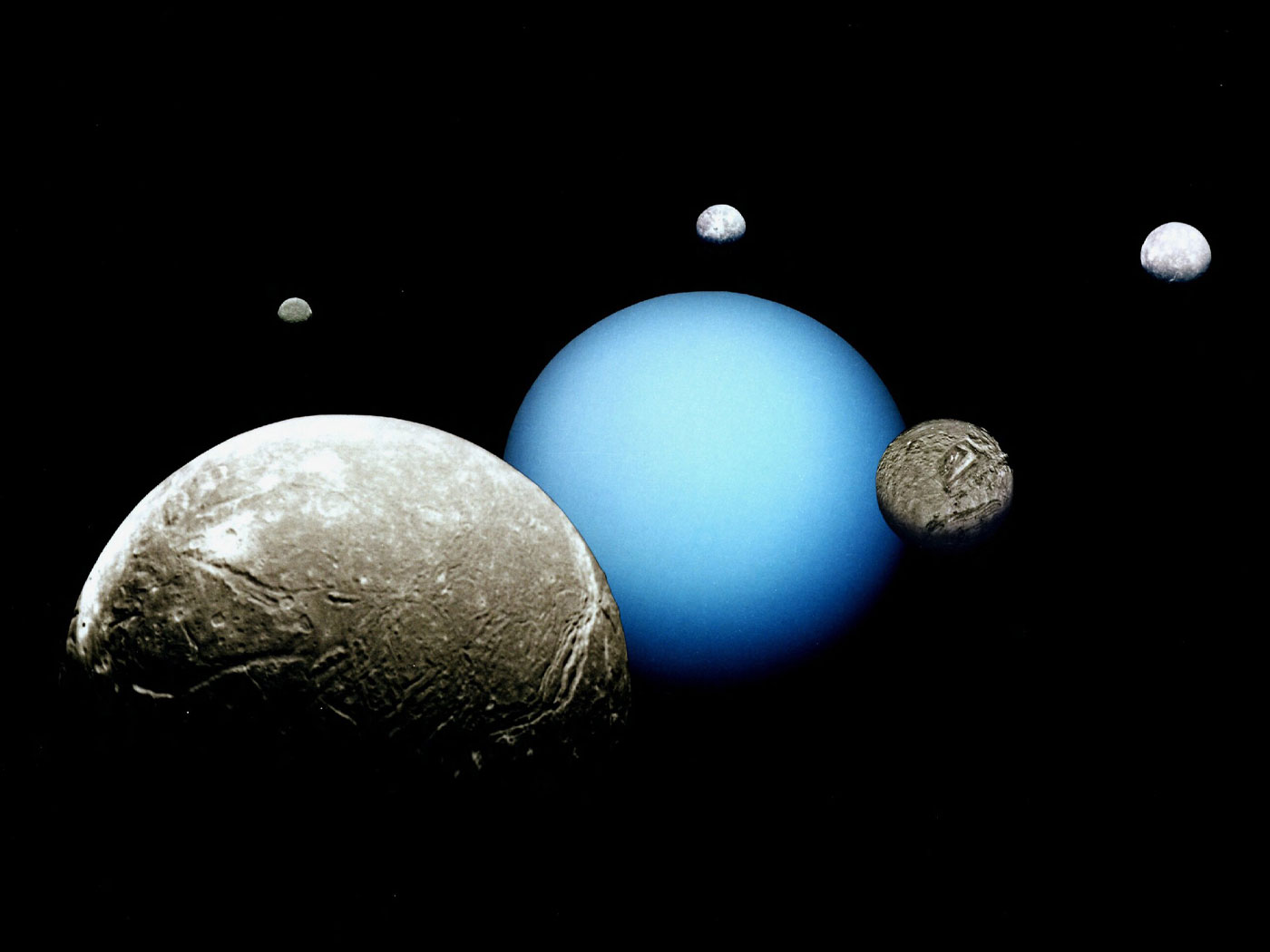DNA in Sheep and Dinosaurs
About 1,600 years ago, salt miners in Iran apparently left their lamb lunch down the shaft. Their loss became scientists' gain. The now-mummified sheep carcass suggests that salt helps preserve sheepskin DNA.
The research results, published in Biology Letters, showed probably the best-preserved DNA from any skin from that time.1 The Iranian and European team used radiocarbon dating to help establish an age estimate. They sequenced DNA from the sheep skin and discovered that it was high enough quality to compare against modern sheep. Does this “exceptional ancient DNA preservation” have any bearing on discussions about preserved dinosaur DNA?
This sheep skin sample had much less degraded DNA than other samples about the same age (1,600 years). The study authors attributed the exceptional preservation to two effects of the salt. First, it dried out the skin. Less water means less chemistry, and random chemistry is the enemy of DNA preservation. Second, the salt may have discouraged microbes that ordinarily degrade carcasses.
These effects make sense in light of the way we have used salt to preserve foods like bacon. Microbes don’t thrive in dry, salty conditions. But even with salt right next to the sheep skin to keep microbes at bay, the sheep DNA was still fragmented. Clearly, chemistry has been happening on that DNA, even with salt nearby.
The report cited a separate study explaining why DNA is expected to decay. Its authors wrote, “Fragmentation through depurination is a well-characterized process.” They also said, “The immutable depurination process likely still imposes practical limits on DNA recovery in deep time and recovering Mesozoic DNA, for example, remains extremely unlikely.”2
Thus, even if salt doubled the maximum time that DNA in skin could last, we still shouldn’t find it in dinosaur bones said to be 70 million years old. And yet we do—and none of those fossils were found next to salt.3,4
In the end, immutable depurination destroys DNA, yet actual DNA occurs in some rare fossils. Salt-preserved DNA in a sheep’s skin doesn’t resolve this huge discrepancy, but a young world would. A Noah’s Flood origin for fossils including dinosaur bones places them within a time range where we would still expect to find some rare DNA fragments even without salt.
References
1. Rossi, C., et al. 2021. Exceptional ancient DNA preservation and fibre remains of a Sasanian salt mine sheep mummy in ChehrÄbÄd, Iran. Biology Letters. 17: 20210222.
2. Kissler, L., et al. 2017. A new model for ancient DNA decay based on paleogenomic meta-analysis. Nucleic Acids Research. 45:11: 6310-6320.
3. Bailleul, A. M., et al. 2020. Evidence of proteins, chromosomes and chemical markers of DNA in exceptionally preserved dinosaur cartilage. National Science Review. 4: 815-822.
4. Schweitzer, M. H. et al. 2013. Molecular analyses of dinosaur osteocytes support the presence of endogenous molecules. Bone. 52(1): 414-423.
*Dr. Brian Thomas is Research Scientist at the Institute for Creation Research and earned his Ph.D. in paleobiochemistry from the University of Liverpool.
The research results, published in Biology Letters, showed probably the best-preserved DNA from any skin from that time.1 The Iranian and European team used radiocarbon dating to help establish an age estimate. They sequenced DNA from the sheep skin and discovered that it was high enough quality to compare against modern sheep. Does this “exceptional ancient DNA preservation” have any bearing on discussions about preserved dinosaur DNA?
This sheep skin sample had much less degraded DNA than other samples about the same age (1,600 years). The study authors attributed the exceptional preservation to two effects of the salt. First, it dried out the skin. Less water means less chemistry, and random chemistry is the enemy of DNA preservation. Second, the salt may have discouraged microbes that ordinarily degrade carcasses.
These effects make sense in light of the way we have used salt to preserve foods like bacon. Microbes don’t thrive in dry, salty conditions. But even with salt right next to the sheep skin to keep microbes at bay, the sheep DNA was still fragmented. Clearly, chemistry has been happening on that DNA, even with salt nearby.
The report cited a separate study explaining why DNA is expected to decay. Its authors wrote, “Fragmentation through depurination is a well-characterized process.” They also said, “The immutable depurination process likely still imposes practical limits on DNA recovery in deep time and recovering Mesozoic DNA, for example, remains extremely unlikely.”2
Thus, even if salt doubled the maximum time that DNA in skin could last, we still shouldn’t find it in dinosaur bones said to be 70 million years old. And yet we do—and none of those fossils were found next to salt.3,4
In the end, immutable depurination destroys DNA, yet actual DNA occurs in some rare fossils. Salt-preserved DNA in a sheep’s skin doesn’t resolve this huge discrepancy, but a young world would. A Noah’s Flood origin for fossils including dinosaur bones places them within a time range where we would still expect to find some rare DNA fragments even without salt.
References
1. Rossi, C., et al. 2021. Exceptional ancient DNA preservation and fibre remains of a Sasanian salt mine sheep mummy in ChehrÄbÄd, Iran. Biology Letters. 17: 20210222.
2. Kissler, L., et al. 2017. A new model for ancient DNA decay based on paleogenomic meta-analysis. Nucleic Acids Research. 45:11: 6310-6320.
3. Bailleul, A. M., et al. 2020. Evidence of proteins, chromosomes and chemical markers of DNA in exceptionally preserved dinosaur cartilage. National Science Review. 4: 815-822.
4. Schweitzer, M. H. et al. 2013. Molecular analyses of dinosaur osteocytes support the presence of endogenous molecules. Bone. 52(1): 414-423.
*Dr. Brian Thomas is Research Scientist at the Institute for Creation Research and earned his Ph.D. in paleobiochemistry from the University of Liverpool.
The Latest
Where Did Most of Earth's Species Come From?
Evolutionary naturalism is locked into seeing the entire living world as having evolved from a single common ancestor many millions of years ago.1...
A Molecular Snowmobile
People following—or actively involved in—creation science are no doubt aware of the incredible molecular motor called the flagellum,1,2...
Rhino Fossil Requires the "Impossible" from Conventional...
A recent study published in Nature Ecology & Evolution claims that the “impossible” actually happened—not just once, but three...
December 2025 ICR Wallpaper
"Come now, and let us reason together," Says the LORD, "Though your sins are like scarlet, They shall be as white as snow; Though they...
The Bipedal Two-Step of Human Evolution
The supposed evolution of bipedalism continues to be a major obstacle in the narrative that humans evolved from apelike ancestors.1,2
For...
CREATION PODCAST
The James Webb Space Telescope vs The Big Bang | The Creation...
When you look into the night sky, you’re seeing light that has traveled incredible distances to reach you. For centuries, astronomers have used telescopes...
CREATION PODCAST
Dr. Randy Guliuzza | From Learning to Leadership | The Creation...
For more than 50 years, the Institute for Creation Research has continued its mission to show how scientific evidence confirms the truth of Scripture....
Announcing the Acts & Facts Kids Edition for 2025!
Hi, kids!
Have you ever stopped to think about just how wonderful and amazing our world really is? Everywhere you look, from the tiniest bug to the...
Thanksgiving in Heaven
"And the four and twenty elders, which sat before God on their seats, fell upon their faces, and worshipped God, Saying, We give thee thanks, O...
Kids Edition 2025: Human Eyes
Hi, kids! We created a special Acts & Facts just for you! Have fun doing the activities while learning about the wonderful world God...






















